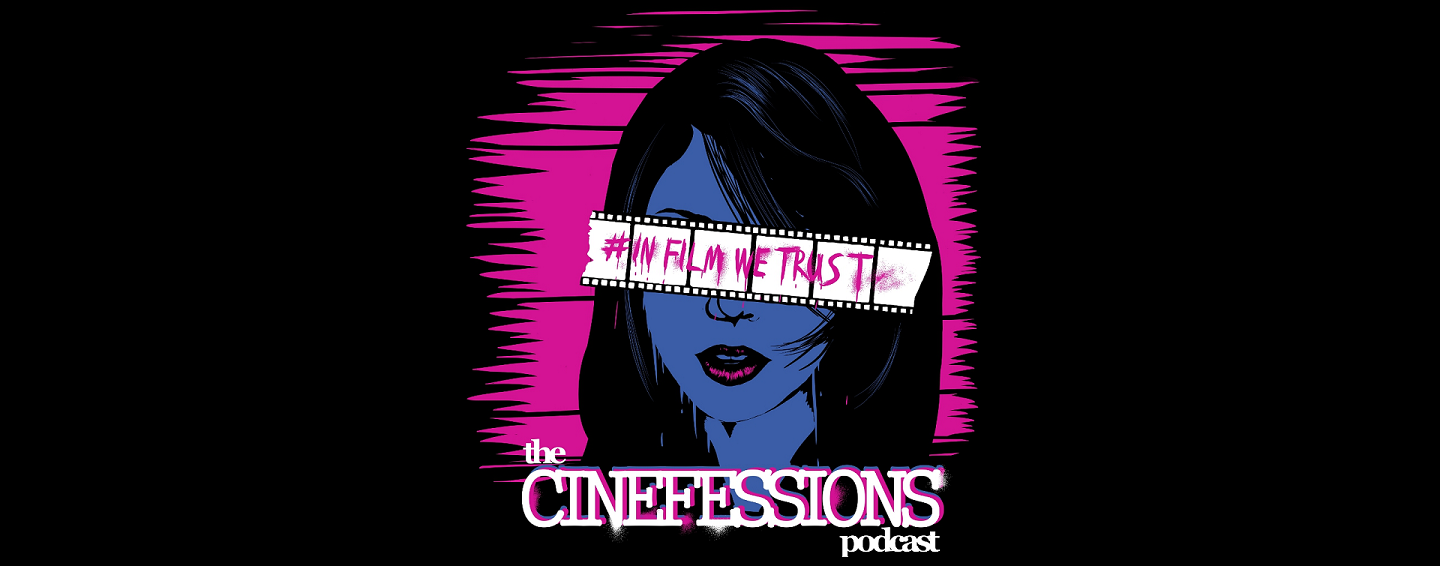 Title– Camelot (1967)
Title– Camelot (1967)
Running Time– 180 minutes (“G”)
Director– Joshua Logan
—
For a guy with a BFA and, now, an MFA in acting, one might expect that I’ve spent a great deal of time with movie musicals, but that just hasn’t been the case. Aside from Singin’ in the Rain and South Park: Bigger, Longer and Uncut, I find that musicals simply work better on stage where I am more willing to suspend disbelief. Surprisingly, though, Camelot – the 1967 film adaptation of the Lerner and Loewe Broadway musical – rises above many of its awkward moments by creating three incredible characters that the audience cares about, catchy songs, and beautiful set pieces.
Lerner and Loewe’s Camelot first opened on Broadway in 1960, four years after their smash hit My Fair Lady took Broadway by storm. Camelot, though not as successful as My Fair Lady, ran for 873 performances, and won four Tony Awards (compared to the 2,717 performances and seven Tony Awards that My Fair Lady managed). The film adaptation, directed by Joshua Logan, and starring Richard Harris, Vanessa Redgrave, and Franco Nero, was released in 1967 with great success, including three Academy Awards (for Art Direction, Costume Design, and Music Scoring). What’s most amazing about Camelot, though, is how well it stands up 45 years later.
Chances are high that you’re familiar with the story of Camelot: King Arthur (Richard Harris) meets and marries the beautiful Guenevere (Vanessa Redgrave). Arthur invites the best knights in the world to join him at his Round Table in Camelot. The knight Lancelot (Franco Nero) answers the call, and makes his way to the kingdom. Once he arrives, he meets Guenevere, who dislikes him due to his lack of humility. She gathers the three best jousters in Camelot to try and defeat Lancelot, but Lancelot overcomes the men, and the Guenevere and Lancelot eventually fall in love. Throw in the long-lost son of King Arthur – Mordred (David Hemmings) – and you’ve got an epic tale that never seems to tire.
Richard Harris is probably best known to modern audiences as the original Dumbledore in the first two Harry Potter films, or as English Bob in Eastwood’s Unforgiven. There was a reason that people were worried that Dumbledore might lose his strength as a character when Harris died: Harris was a wonderful talent that brought a human aspect to virtually every role he played. The same can be said for his work as King Arthur. Not only Harris, but Vanessa Redgrave and Franco Nero also help put Camelot on the top shelf of movie musicals thanks to their incredible attention to detail. Each character is interesting and engaging, moving Camelot from little more than showy songs and dances, to a character-driven drama that tears at the heart.
Speaking of attention to detail, the work done on the costumes and the set is exquisite. Each scene has the ability to transfer the viewer from his or her couch to the lavish world of England in the time of King Arthur. From the wedding scene, to the battle scene, and from jousting in the court, to frolicking through flowers, the rich use of color is one of the most lasting and memorable features of Camelot.
Lerner and Loewe’s music in Camelot is interesting because the songs are solid, but nothing ever seems to push the actors in terms of vocal prowess. Sure the songs are catchy, but I was always waiting for that one special Broadway song that moved me to weeping, cheering, or laughing, and that song never showed up. Even with their simplicity, though, there are a few songs that stand out: “C’est Moi”, sung by Lancelot about how great of a knight he really is, “The Lusty Month of May”, sung by Guenevere and the ensemble about the lusty and sexy side of Camelot, and “If Ever I Would Leave You”, also by Lancelot, that tries to plan out the best time for Lancelot to leave Guenevere. The most technically impressive song is “Then You May Take Me to the Fair” where Guenevere manipulates some of the knights in Camelot to take on Lancelot in jousting battles. It’s reminiscent of a Stephen Sondheim song thanks to the talky-singing mix that it employs, and how smoothly it advances the plot.
One of the main problems of Camelot is how director Joshua Logan handles the songs. He has the characters breaking the fourth wall during many of the solos, looking and singing directly into the camera. It’s not that this device never works, but here it is used too much. When actors break that fourth wall and sing directly to the audience, it can be jarring. Instead of sucking the audience in to the story, which is surely the intention, it alienates the audience and it makes those unrealistic moments of song feel even more artificial.
Camelot also moves along quite slowly at points. For a three-hour movie musical, there are a surprisingly low amount of songs. Though that may sound good to some people, the real point of the musical interludes in traditional book musicals like Camelot is to advance the plot. There are moments in the film that contain five to seven minutes of dialogue that may have been wrapped up just as nicely in a two to three minute song. For modern audiences, the runtime might seem unbearable due to this slow pacing, but fans of movie musicals will probably be too wrapped up in the human aspect of Camelot to care.
The most surprising aspect of Camelot for me is how delightfully charming the whole film is. I care more for the three leads in Camelot than I do in most musicals I’ve seen, which is ultimately the most important aspect. Richard Harris, Vanessa Redgrave, and Franco Nero are wonderful as the three legs of the love triangle, and I haven’t even mentioned the work by David Hemmings and Lionel Jeffries, who play smaller, but equally important roles, and manage them perfectly. There is a lot to appreciate about Camelot, and it’s highly recommended for fans of movie musicals of all ages.

Branden has been a film fan since he was young, roaming the halls of Blockbuster Video, trying to find the grossest, scariest looking VHS covers to rent and watch alone in the basement. It wasn’t until recently, though, that Branden started seeking out the classics of cinema, and began to develop his true passion for the art form. Branden approaches each film with the unique perspective of having studied the art from the inside, having both a bachelor’s and master’s degree in acting. He has been a film critic since 2010, and has previously written for Inside Pulse Movies, We Love Cult, and Diehard Gamefan. His biggest achievement as a film critic, to date, has been founding Cinefessions and turning it from a personal blog to a true film website, housing hundreds of film and television reviews, and dozens of podcasts.

